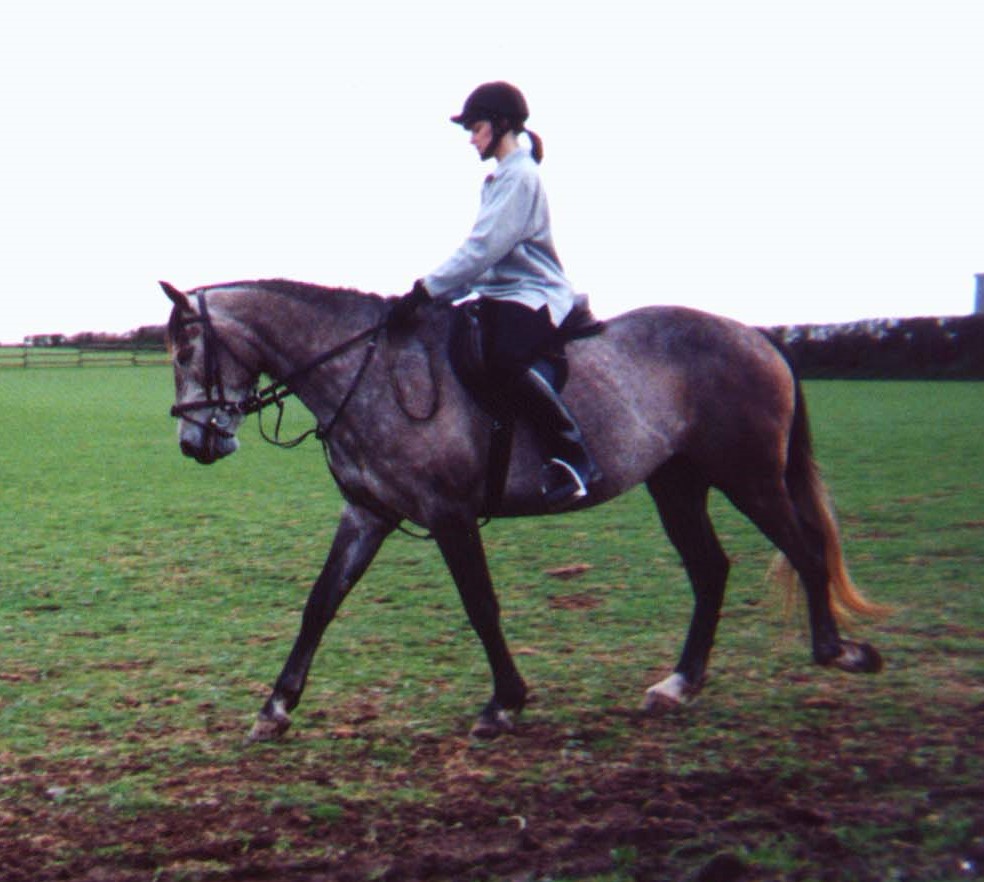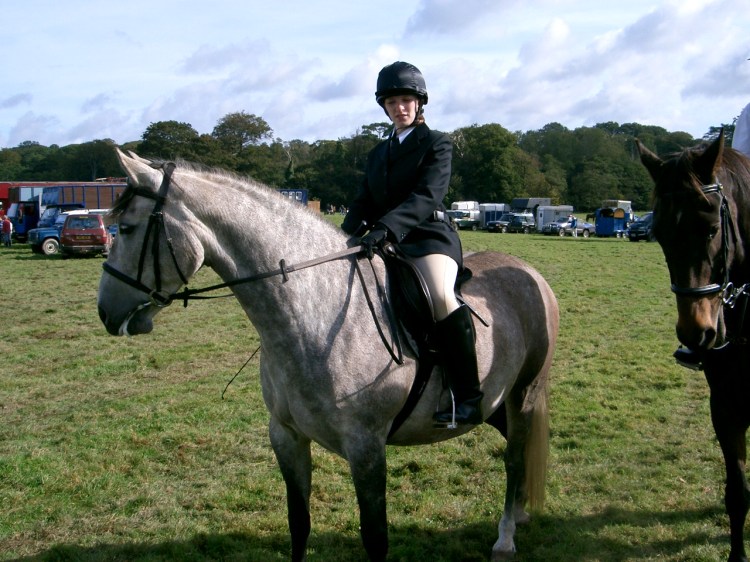
There are many factors which may cause the minor misalignments McTimoney Practitioners look for in horses. Problems may begin to manifest following a one-off incident like an accident or injury, a slip or fall whilst ridden or turned out, being kicked, getting cast in the stable or rolling awkwardly

In the longer term, other contributing factors can include a poorly fitting saddle, an unbalanced rider, incorrect foot balance, poor conformation or an injury making them move differently. Excess weight can be a factor, as carrying excess weight (either their own or that of their rider) can place extra stresses on parts of their anatomy.

The discipline within which your horse competes can lead to problems developing; endurance riding, dressage, show jumping and eventing all place different demands on their musculoskeletal system.

Your horse may be giving you warning signs of an underlying problem.
Examples include:
Lameness after a fall or accident where alternative causes have been ruled out
Odd, irregular action, toe dragging or uneven shoe wear
Unexplained changes in attitude or behaviour
Decline in performance
Soreness or tension in the saddle area, disliking being girthed/rugged up
Working better on one rein than the other
Being unable to work in a correct outline or with the correct bend
Favouring a particular canter lead
Problems executing schooling movements
Reluctance to work into the corners of the school
Finding it hard to halt squarely
Refusing or rushing jumps
Difficulty in getting up from lying down/rolling


